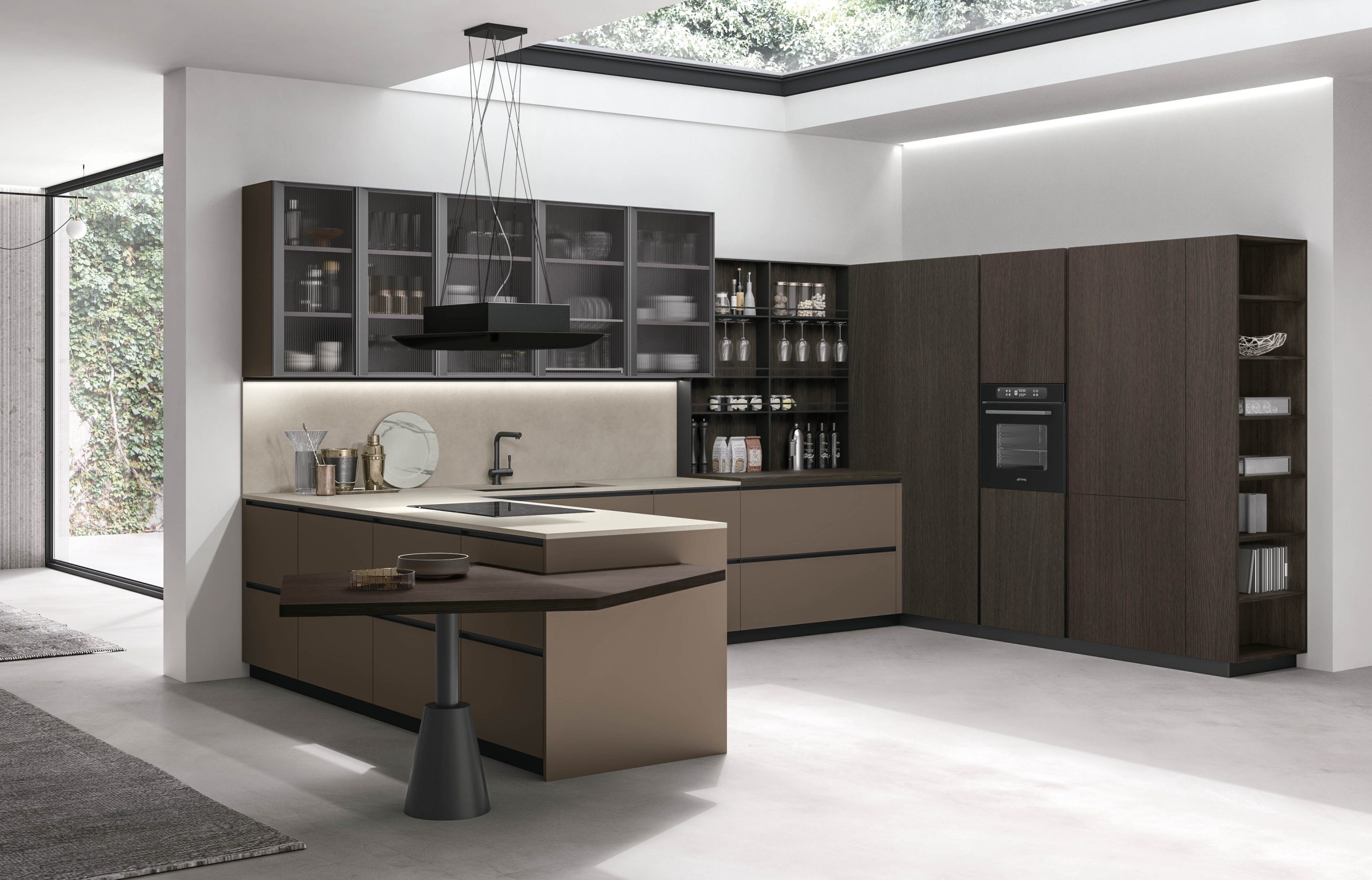In the era of increasing environmental consciousness, many homeowners are seeking ways to make their living spaces more sustainable. The kitchen, being a central hub of daily activities, is a prime area for implementing eco-friendly practices. When it comes to kitchen cabinets, choosing sustainable materials and finishes can significantly contribute to a greener home. In this article, we’ll explore environmentally friendly options for green kitchen cabinets, emphasizing sustainable choices in both materials and finishes.
-
Bamboo Cabinetry:
- Rapidly Renewable Resource: Bamboo is a fast-growing grass that matures in a short period, making it an excellent renewable resource for cabinet construction. Its quick growth rate makes it a more sustainable alternative to traditional hardwoods.
- Durability: Despite its lightweight appearance, bamboo is remarkably durable, providing a long-lasting option for kitchen cabinets. It’s resistant to warping and moisture, making it suitable for the high-humidity environment of kitchens.
- Versatility: Bamboo cabinets are available in various styles and finishes, providing versatility to match different design preferences. From natural finishes to stained or painted options, bamboo can adapt to a range of kitchen aesthetics.
-
Reclaimed Wood Cabinets:
- Upcycled Beauty: Reclaimed wood cabinets are crafted from salvaged wood, often sourced from old barns, warehouses, or other deconstructed structures. This repurposed wood not only adds a unique character to your kitchen but also prevents the need for new tree harvesting.
- Historical Charm: Each piece of reclaimed wood comes with its own history, showcasing the natural imperfections and weathered charm acquired over time. This adds a touch of nostalgia and authenticity to your kitchen space.
- Customization: Reclaimed wood cabinets offer a customizable and bespoke option. Homeowners can choose the specific type of wood and finish to match their desired aesthetic, creating truly individualized cabinetry.
-
FSC-Certified Wood:
- Sustainably Harvested: The Forest Stewardship Council (FSC) certifies wood products sourced from responsibly managed forests. Opting for FSC-certified wood ensures that your cabinets come from forests that are harvested sustainably, promoting biodiversity and environmental protection.
- Available Varieties: FSC-certified wood is available in various species, including oak, maple, and cherry. This certification provides assurance that the wood was responsibly sourced and produced according to strict environmental and social standards.
- Longevity: FSC-certified wood cabinets are durable and built to last, ensuring that your investment in environmentally friendly materials contributes to the longevity of your kitchen.
-
Water-Based Finishes:
- Low VOC Content: Traditional cabinet finishes often contain volatile organic compounds (VOCs), which can emit harmful gases into the air. Water-based finishes have a lower VOC content, reducing the environmental impact and promoting healthier indoor air quality.
- Reduced Off-Gassing: Water-based finishes emit fewer fumes during application and drying, contributing to a safer and more sustainable kitchen environment. This is particularly beneficial for those with respiratory sensitivities or allergies.
- Ease of Application: Water-based finishes are known for their ease of application and quick drying time. They provide a smooth and even surface, enhancing the aesthetic appeal of your cabinets while minimizing the environmental footprint.
-
Recycled Materials:
- Recycled Wood Fiberboards: Choosing cabinets made from recycled wood fiberboards reduces the demand for new wood resources. These fiberboards are often made from post-industrial or post-consumer wood waste, offering an eco-friendly alternative.
- Recycled Metal Hardware: Consider cabinet hardware made from recycled metals. Handles, pulls, and knobs crafted from reclaimed materials contribute to reducing the need for additional mining and processing of raw metals.
- Recycled Glass Inlays: Some eco-friendly cabinet designs incorporate recycled glass inlays for a unique and sustainable touch. These inlays add a decorative element while repurposing glass materials that would otherwise end up in landfills.
Conclusion:
Opting for green kitchen cabinets goes beyond aesthetics—it’s a commitment to sustainable living and responsible resource use. Whether you choose bamboo for its rapid renewal, reclaimed wood for its unique character, FSC-certified wood for responsible forestry practices, water-based finishes for low VOC content, or cabinets made from recycled materials, your choices can make a positive impact on the environment. By selecting eco-friendly options, you not only contribute to a greener planet but also create a kitchen that reflects your commitment to sustainability and the well-being of future generations.

